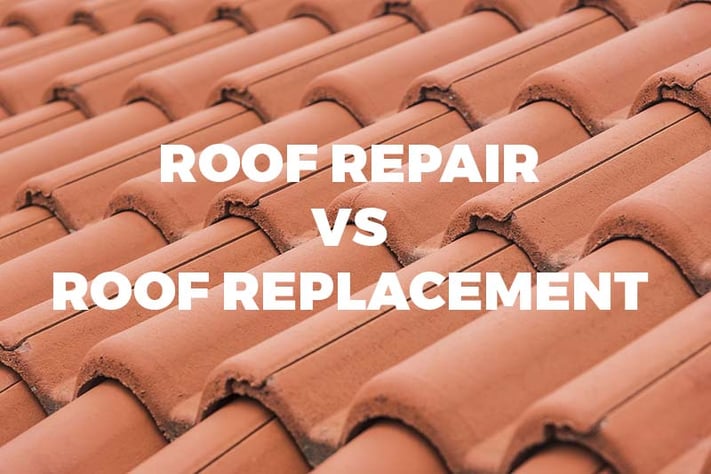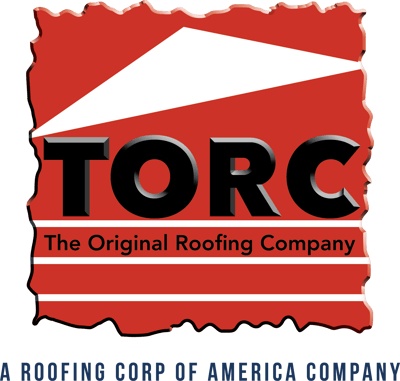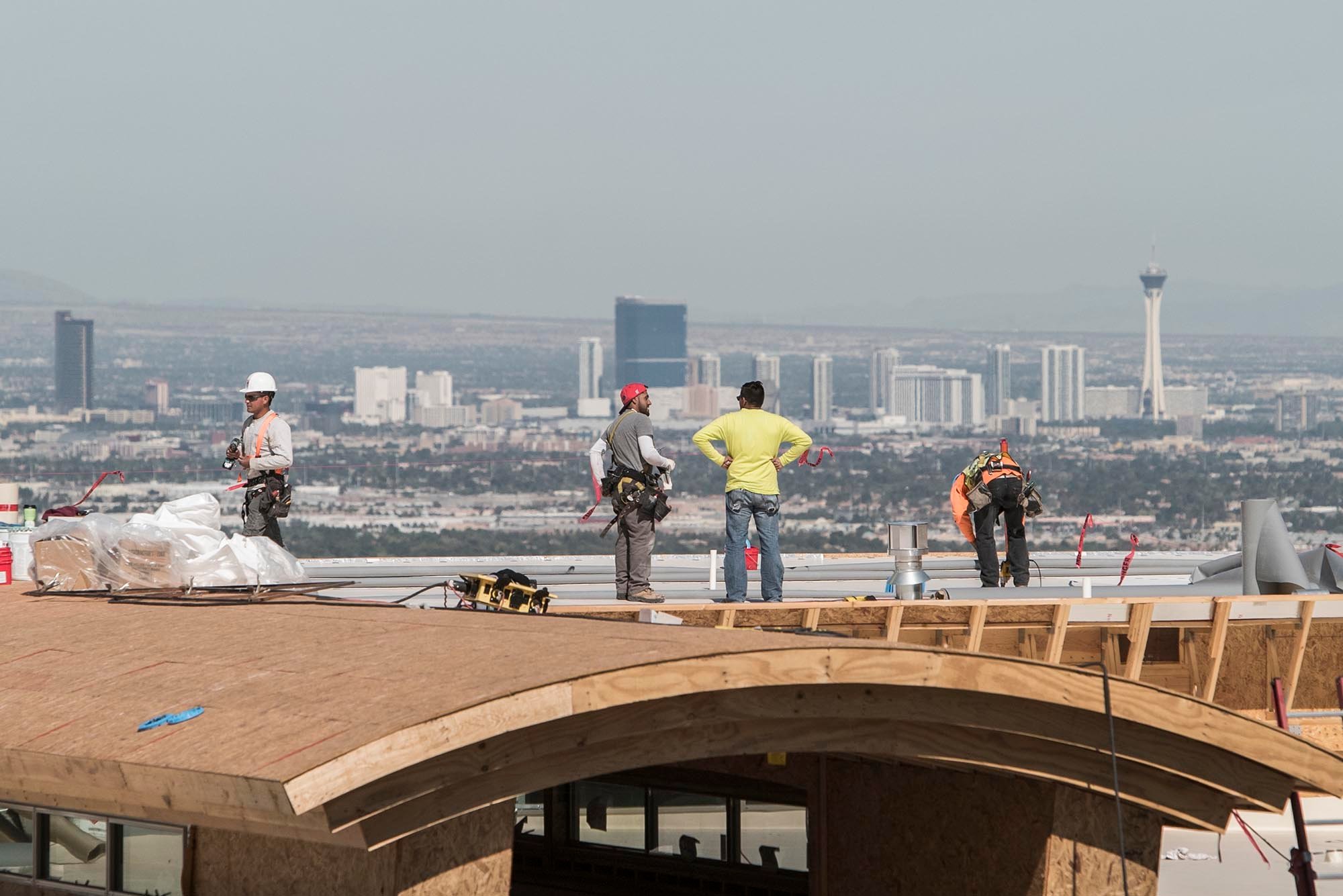
The old saying “A house is only as strong as its roof” is a testimony to the importance of taking care of your home. Nonetheless, it's completely understandable to want to save money when you have unexpected roofing problems. However, going the cheap route when a roof replacement is needed can actually be more costly in the long run. With this guide, you can determine the best course of action for your situation.
How to Know When to Repair vs Replace Your Roof
When you're up against the tough budgetary decision of opting for roof repair instead of replacement, there are a number of factors you should consider:
- Just repairing the roof can lead to higher maintenance costs than a new roof
- A temporary repair may only be delaying a full replacement (and you'll be paying extra to do both of these things)
- A repair is only cost-effective for smaller roof areas; larger areas are just more cost-effective to replace outright
- Some temporary fixes may compromise the integrity of your home
We can help you make the best decision to keep your home in great shape. It starts with these factors:
How Long Do Roofs Last on Houses?
Most houses built in your neighborhood have composite shingles or asphalt on the roof. If you have a new home with shingles or asphalt, it can last up to 20 years.
Do you have a fiber cement roof? It will take up to 25 years to be replaced. If your roof has thick architectural asphalt or cedar shake, it should be good for 30 years unless you see signs of damage.
Read More: How Long Does a New Roof Last?
A 20-year warranty might save you from the cost of spending money if the quality of your roof deteriorates due to manufacturing issues.
Signs It's Time to Replace Your Roof
After 20 years, it is normal for regular wear and tears to have an impact on your roof. You will know it is time to replace it if you notice the following signs:
- Moisture or Water Damage: Brown spots, mold, or paint peeling off the walls.
- Natural Disaster: If you live in a flood zone, experience harsh winters, or hurricane season is a way of life, the strength of mother nature can change the structure of your roof.
- Roofing Materials: An old slate roof is not as durable as a metal roof. The advanced asphalt shingles on the market can withstand 50 years of natural elements if you maintain it with time.
Related: 7 Warning Signs You Need a New Roof ASAP
How Big of an Area Is In Need of Repair?
If there are a few areas on the roof that need new shingles, handy individuals probably have the capability to perform the repairs themselves. Just stay safe!
However, if about 30% of the roof is damaged, a professional roofer is the best bet in order to get it fixed the right way.
When you are considering costs, remember that high-quality materials used by an experienced roofer will be necessary to avoid calling another roofer shortly to fix the job a second time. Remember, your house is an investment. If you use cheap materials for repairs or replacements, chances are it will devalue the appreciation of your home.
Related: What Types of Roofing Materials Are Available for My Home?
What Would the Cost Be to Repair?
In the United States, the average cost to replace about 15 to 20 squares of the surface of a roof is between $6,725 to $9,000. If you have a 5-year labor warranty, it can cost up to $450 per square.
If the repair cost is $4,000 for the front side of your roof although it is $6,800 for a new roof, your best bet is to replace it because it will add value to your home.
Overlapping Shingles as a Temporary Bandaid
Depending on your municipality, there are building codes that allow homeowners to place two layers of shingles on their roof for repairs.
- Although it is a cheap fix, keep in mind that the weight of two layers can negatively impact the structure of your house. This is the reason why most building codes do not accept multiple layers of roofing materials.
- A second reason you may want to reconsider this idea is you might have to call another roofer for additional labor if the roof rips apart or you have to re-install a new layer. Also, a double layer does not guarantee that water will not seep through the roof after a heavy storm or a long, wet winter.
- If you have a manufacturer warranty, it will not protect you if there is a defect in the new shingles that you purchased. The warranty company will most likely deny your claim because you added new materials to repair it.
Roofing emergencies can happen at any time. Some homeowners are forced to purchase shingles that are a different color than the original. If you plan to sell your house, we recommend that you avoid this and keep the colors consistent. It may not be appealing to prospective buyers to see red shingles mixed with gray ones.
Maintenance Can Go a Long Way
Whether you live in a new or old house, it is important to check your ceilings and the quality of your roof to prevent minor issues that can potentially turn into an expensive repair. The moment you see water ceiling stains or shingles is uprooted, it is time to call a professional roofer.
Always consider the age of the roof and if your warranty will cover manufacturer defects that have nothing to do with regular wear and tear. You might be faced with a cheap bill for repairs but if your roofer suggests that replacing it will prevent more problems, consider it an investment. After all, the safety of you and your family is priceless.





